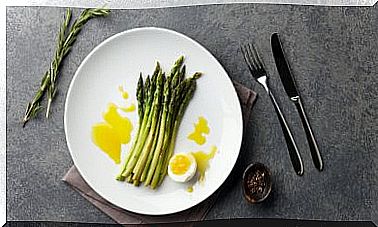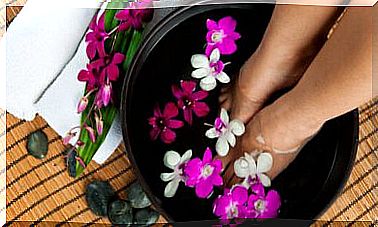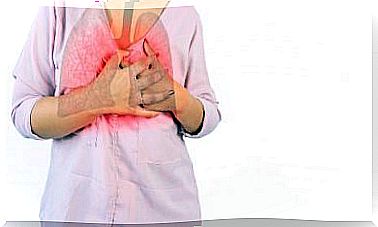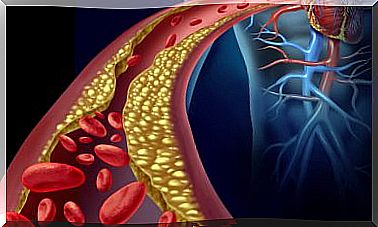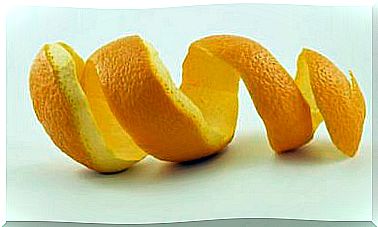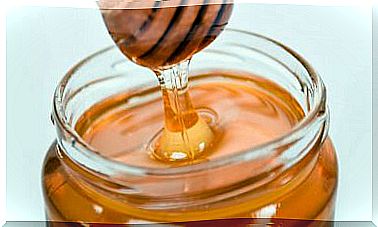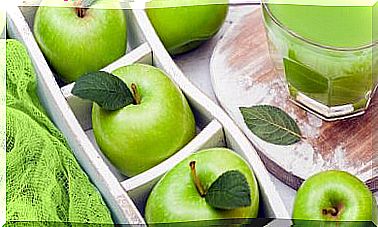Why Do White Marks Appear On The Nails?
Leukonychia is the term used to indicate the appearance of white marks on the nails.
Grandparents would say they are due to the lies we have told or perhaps our parents urged us to drink more milk because they were caused by lack of calcium.
For a long time it was thought that, precisely, the lack of calcium produced the white spots on the nails, but a study by the University Institute of Wales, in the United Kingdom, concluded that there is no evidence of this.
There are different types and causes for the appearance of white marks on the nails.
The legends surrounding white marks on nails
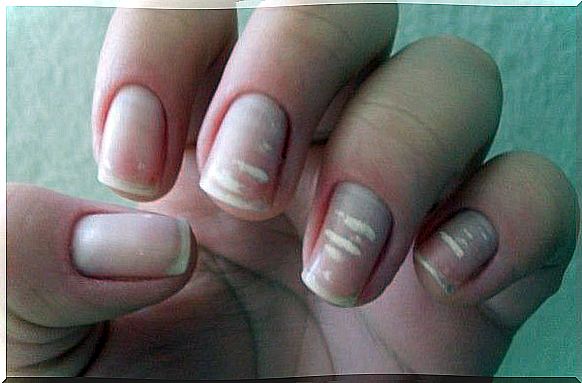
Leukonychia can appear at any time and, as it came, disappear.
First we are going to know the different types of leukonychia, in order to determine its causes.
1. Dotted lauconychia
They are small spots distributed throughout the length and width of the nail and are due to small depressions on its surface, generally microscopic.
2. Striated
When parallel and transverse bands appear. They are more common in women and the causes are related to trauma caused by aggressive manicuring.
It can also be due to chemotherapy agents.
3. Partial
It affects a specific area of the nail, mostly on the most distal of the fingers.
4. Total

When the entire nail has an almost homogeneous whitish appearance. It is a very rare condition, which can appear at birth or at an early age. In most cases it is hereditary.
Nutrients and white marks on nails
Although a lack of calcium does not cause white marks, one of the factors that can facilitate their appearance is a lack of nutrients such as zinc and vitamins A and B6.
The lack of these nutrients can weaken the nails and make them more sensitive, thus facilitating the appearance of spots from blows or other types of trauma.
Mushrooms
Sometimes the cause of white marks can be onychomycosis, a fungus that normally develops on the nails, both on the hands and on the feet.
When this is the case, it first appears as small white dots, but then spreads over the entire surface of the nail.
Other causes of white marks on nails
Leukonychia can also be due to a disease or health problem, for example:
- Psoriasis
- Peptic ulcer
- Ulcerative colitis
- Nephritis
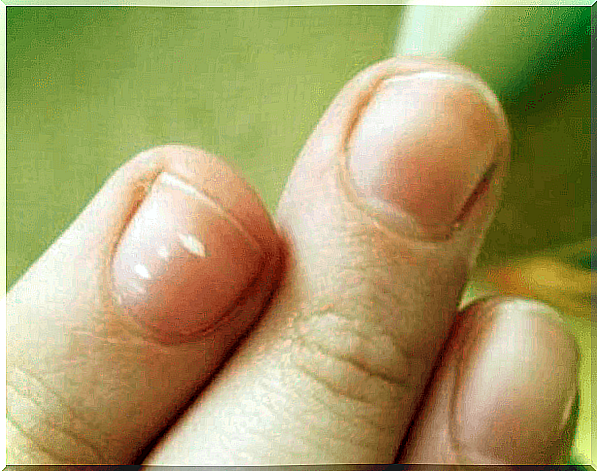
These totally harmless but very unsightly spots could have another trigger: an inflammatory process or trauma to the womb, causing a different and abnormal keratinization.
Keep in mind that nails grow 3 millimeters per month. Therefore, when we see the spot in the center, it means that the injury or blow occurred two or three months before.
We do not notice it at another time because it is very close to the root.
Of course, certain habits or daily practices can cause leukonychia more or less frequently. Among them we highlight:
- Biting your nails or cuticles.
- Overly aggressive manicure treatments (for example, using chemicals).
- Do certain crafts.
- Cutting your nails too much.
- Typing very hard.
- Tap the table with your nails.
- Using harsh chemical cleaners without wearing gloves.
- Always have your nails painted.
How to avoid white marks on nails?
At the moment there are no treatments for leukonychia.
The only way we have to remove nail stains is to wait for them to grow enough to cut or file them.
While that happens, and if we can’t bear to see the lines, we can simply paint our nails or even wear gloves.
In the event that the nails present marks along the entire nail or if we notice that they become too light and acquire a rather opaque tone, we should consult a dermatologist.
It may be a permanent problem in the nail matrix.
If we do not want the “clouds” to appear again on the nails, we should:
- Maintain proper hygiene and hydration.
- Avoid filing and aggressive treatments.
- Let the nails “rest” between each enamel (at least allow a day to go back to be painted again).
- Wear gloves to clean at home (dishes, floors, bathroom, kitchen, etc.).
- Treat the nails with care (and not only the tips, but especially the matrices or roots).
- Eat foods rich in zinc, such as nuts and wheat germ.
- Eat daily vitamin A, present in carrots, squash and peaches.
